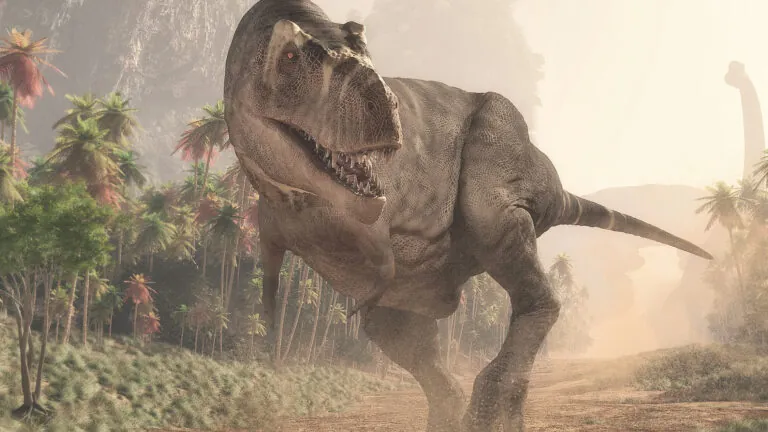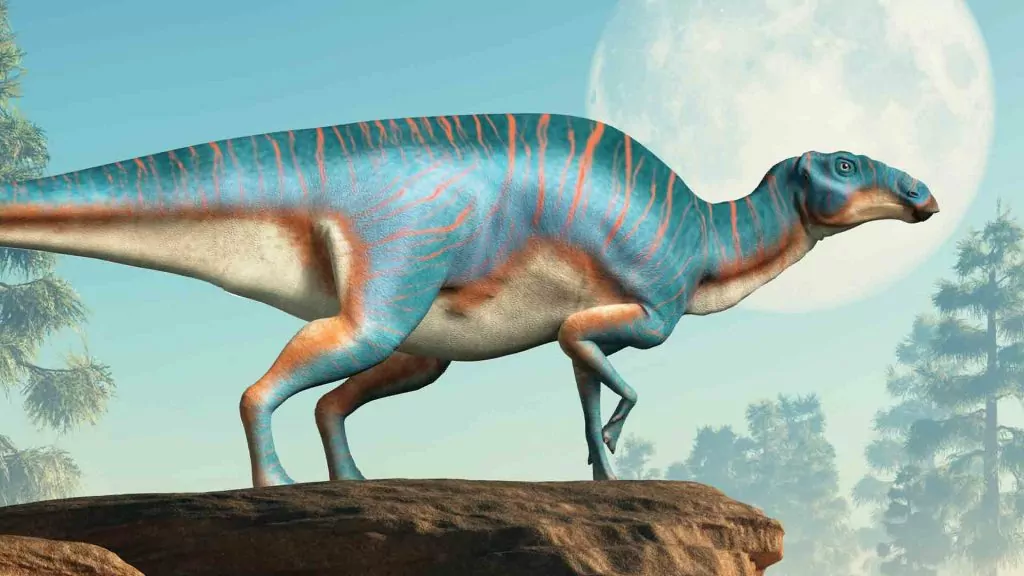According to the Interesting Engineering news site, three companies have joined forces to develop “the world’s first T-Rex leather made using the extinct creature’s DNA.” Reporter Mrigakshi Dixit noted that the first product could be available for sale already this year.
The leather is made from “ancient protein sequences.” Already back in 2005, soft tissue was found in a T-rex femur and since then additional soft tissue has been found in a variety of fossils. According to Answers in Genesis’s founder Ken Ham,
“the companies working together to make this ‘leather’ plan to use fossilized dinosaur collagen (a protein found in skin) ‘as a template’ to ‘generate a complete collagen sequence for the T-Rex to cultivate new skin. The collagen sequence will be translated into DNA and introduced into Lab-Grown Leather’s cells.’”
Although it remains unknown if the plans will come to fruition, one thing it has accomplished is to perplex evolutionary scientists since soft tissues like this shouldn’t survive for millions of years. As Ken Ham commented:
“If these researchers can create T. rex ‘leather’ in the lab, they can only do so because of the global flood that rapidly buried billions of creatures, preserving them – sometimes including soft tissue – for only thousands of years.”












